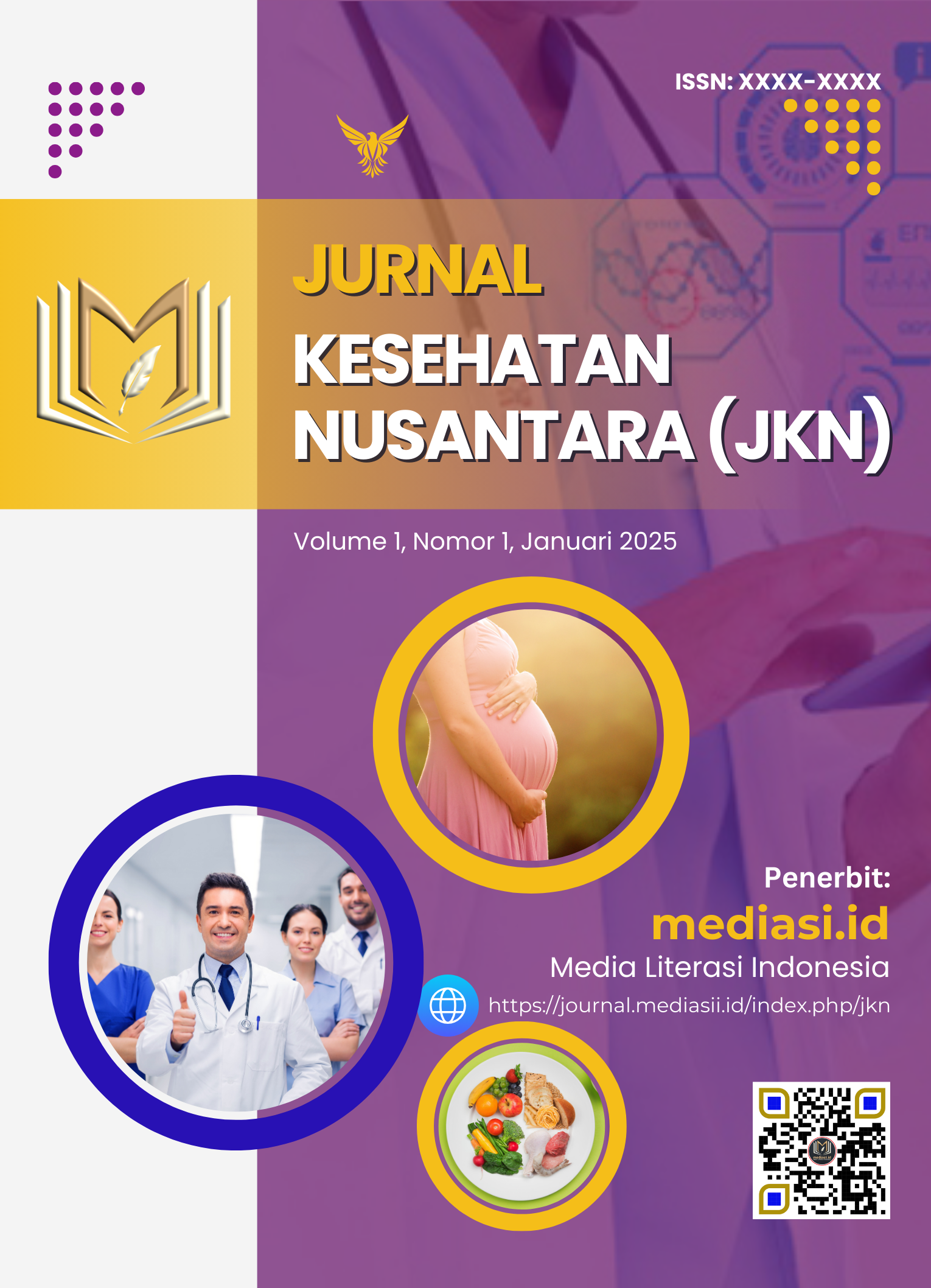Analisis Kualitas Air Bak Penampungan Pelabuhan Nusantara Kota Parepare
Keywords:
Kualitas air, Bak Penampungan, PelabuhanAbstract
Clean water is water that is used for daily needs and hygiene purposes. Water used in crowded places such as ports must pay attention to the quality of the water, because the water used in the port or in the harbor reservoir is water that will be used on ships. Therefore, it is important to know how the quality of clean water at the port is in accordance with PERMENKES No. 32 of 2017. This study aims to determine the quality of clean water in the reservoir of the Nusantara Port in Parepare City. In this study using a qualitative descriptive method, using three tools, namely Turbidity, TDS meter, and true color. The bacteriological quality inspection method is using the MPN method. From the results of the study, it was found that the first sample at the location of the main reservoir, for the results of the physical quality inspection of the water was turbidity with the results of 3.21 NTU, color 5 TCU, dissolved solids 286 mg/l, temperature 28.3oC, tasteless, and slightly smells of chlorine. While the bacteriological quality examination was total coli with a result of 0 and e.coli also the result 0. The second sample at the Hydrant Pier location, for the results of the physical quality inspection of water was turbidity with a result of 3.78 NTU, color 5TCU, dissolved solids 288 mg/ l, temperature 28.1oC, tasteless, and has a slight smell of chlorine. And the bacteriological quality examination, namely total coli with a result of 4 and e.coli the result is 0. According to the data obtained from the examination of the physical quality and bacteriological quality of clean water at the Nusantara Port, Parepare City, it can be concluded that the clean water used in the Port area has met the quality requirements. physical and bacteriology based on PERMENKES No. 32 of 2017.





